Peter Dutton faces a 22-seat gain target to win election
Peter Dutton’s challenge to become PM in the 48th parliament is monumental, requiring a net gain of 22 seats.
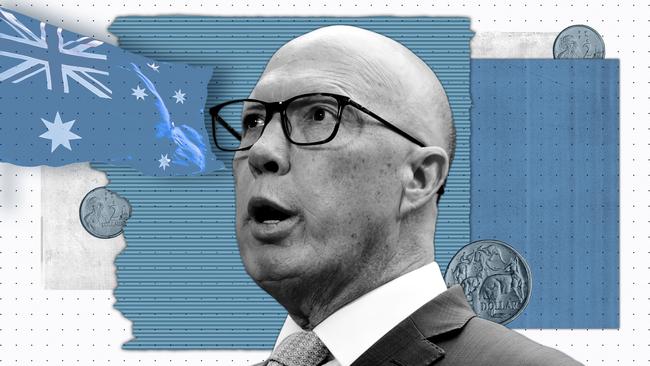
Peter Dutton’s challenge to become prime minister of a majority Coalition government in the 48th parliament is monumental, requiring a net gain of 22 seats.
The Opposition Leader needs a bigger seat gain than Scott Morrison’s seat loss in 2022.
The Coalition went into the last election with a notional 75 seats and recorded a net loss of 17, finishing with 58 MPs in parliament.
A by-election defeat and defections have since whittled that number down to 54 seats for the 2025 election – 22 short of the slimmest majority possible in the next 150-seat parliament.
The task for Labor and Anthony Albanese looks less complicated: hold the line and they’re home. Yet in the current political climate, the government also faces a challenge to retain majority government.
Starting the campaign with a notional 78 seats, Labor can afford only a net loss of up to two seats to hold on to power in its own right.
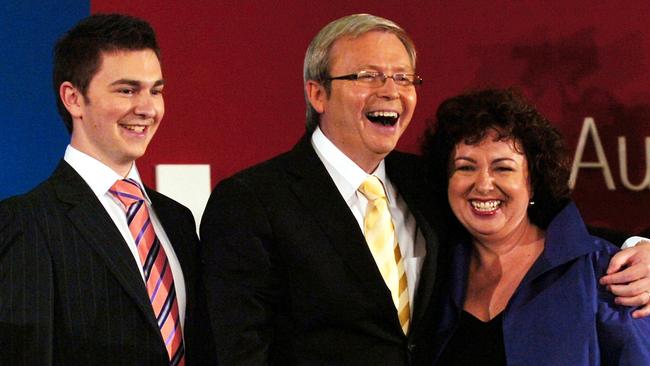
To put Dutton’s task in context, he would need a political landscape-changing result in the Kevin ’07 realm.
Kevin Rudd, the previous major party leader from Queensland, albeit on the other side of politics, romped to power with a net gain of 23 seats – but the former Griffith MP went into the election with Labor holding 60 seats, six more than Dutton does now, and he finished with a majority of eight seats.

John Howard did even better in 1996, with a net gain of 29 seats to end 13 years of Labor rule but the Liberal leader was even closer to the target than Rudd, with the Coalition holding 65 seats before the election and needing a net gain of only 11 seats.
And in 2013, the Coalition improved its position by 18 seats, leaving Tony Abbott with a healthy majority, given he needed only four more seats to claim government.
Dutton’s 22-seat net gain task is just to fall over the line and hold the slimmest of majorities.
The 2025 election is complicated by many factors, not least the mammoth crossbench of 18 MPs, as well as redistribution in three states – NSW, Victoria and Western Australia – that have reduced the number of seats from 151 to 150.
Can Dutton’s 2025 candidates win any seats back?
The Liberal Party surrendered six seats to teal independents and two more to the Greens in 2022.
One of the biggest questions is whether Dutton’s 2025 candidates can prise back any of those seats.
To complicate matters, what would have been one of the more likely seats for the Liberals to reclaim – North Sydney, won three years ago by teal Kylea Tink – is off the table having been abolished in the NSW redistribution.
The Liberals have also had three seats shift to the crossbench during the 47th parliament, with the defections of Liberal Russell Broadbent in Monash in eastern Victoria, Andrew Gee of the Nationals in Calare in central NSW and another Liberal, Ian Goodenough, in Moore, WA.
All are recontesting their seats as independents.
Incumbent crossbenchers can be frustratingly difficult for major parties to unseat.
Just ask all those who have tried and failed to knock off Bob Katter in Kennedy in Queensland’s northwest at the past eight elections since 2001, Andrew Wilkie (Denison/Clark, Tasmania) or Adam Bandt (Melbourne, Victoria) since 2013, Cathy McGowan and then her anointed successor Helen Haines (Indi, Victoria) since 2016 or Rebekha Sharkie (Mayo, SA) since 2019.
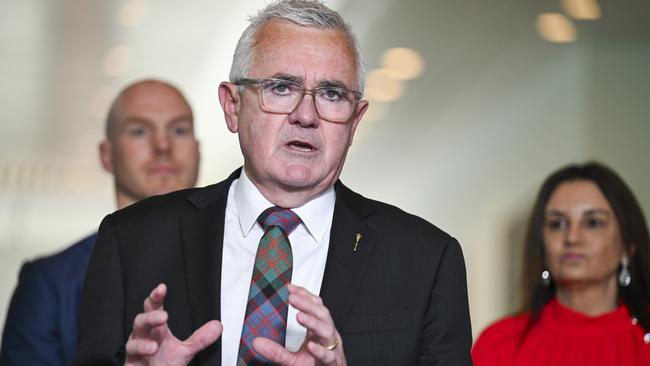
In a hypothetical scenario where the Coalition is unable to pick up any of the 10 crossbench seats it has lost over the past three years – and doesn’t lose another blue-ribbon seat in Bradfield to the teals – that would leave Dutton needing to pick up all 22 seats from Labor.
Labor’s 22nd most marginal seat in a head-to-head contest with the Liberals or Nationals is Dobell, on the NSW central coast, and now held on a margin of 6.6 per cent.
Of course, swings are never uniform and at any given election parties can pick up seats beyond a notional target margin at the same time as holding those inside it.
But as a means for broad comparison, a 6.6 per cent, two-party-preferred swing is a very big ask for the Coalition.
Howard in 1996 took power with a 5.1 per cent 2PP swing, Rudd gained a 5.4 per cent 2PP swing in 2007 and Abbott got home in 2013 with a 3.6 per cent 2PP swing.
Anthony Albanese’s winning 2PP swing in 2022 was 3.7 per cent but was heavily reliant on preferences as Labor’s primary vote sank by 0.8 per cent to a record-low 32.8 per cent.
How the Coalition could win
The most recent Newspoll, published in The Australian on March 10, put the Coalition narrowly ahead on 2PP, 51-49, a swing of 3.1 per cent since the 2022 election.
In a second hypothetical, should the Coalition win back half of the 10 crossbench seats it held before the 2022 election and the target number of Labor electorates is 17, the uniform swing needed drops to 5.3 per cent – still a big ask based on historical precedents and current polling.
Even in the unlikely scenario that the Coalition won back all of the 10 crossbench seats, another 12 seats from Labor puts the uniform 2PP swing needed at 3.7 per cent.
Like the Coalition, Labor will be hoping to win back seats lost to the crossbench in 2022, particularly Fowler in southwestern Sydney, won by Dai Le, and Griffith in Brisbane’s inner east, claimed by the Greens’ Max Chandler-Mather.
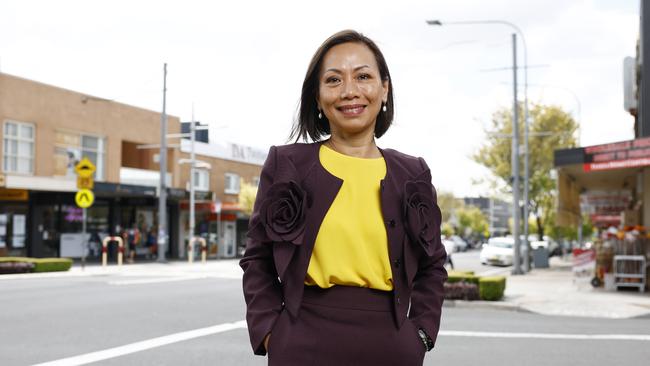
Its chances of picking up seats from the Coalition look limited, with Menzies in eastern Melbourne, Leichhardt in far north Queensland, Sturt in Adelaide’s east and Bass in Tasmania’s northeast their best chances.
Any gains Labor can make will offset expected losses, with the government under pressure from the Coalition in a swag of NSW, Victorian and WA seats, from the Greens in the northern Melbourne seat of Wills, and from Muslim Vote-backed candidates in western Sydney heartland electorates.


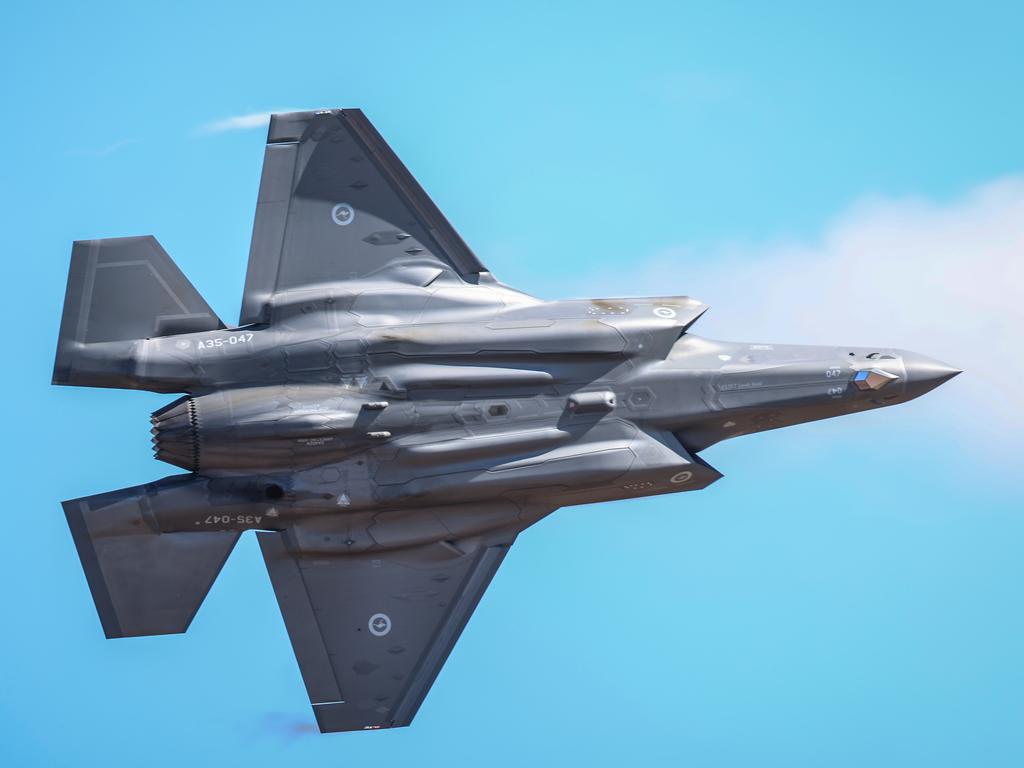


To join the conversation, please log in. Don't have an account? Register
Join the conversation, you are commenting as Logout